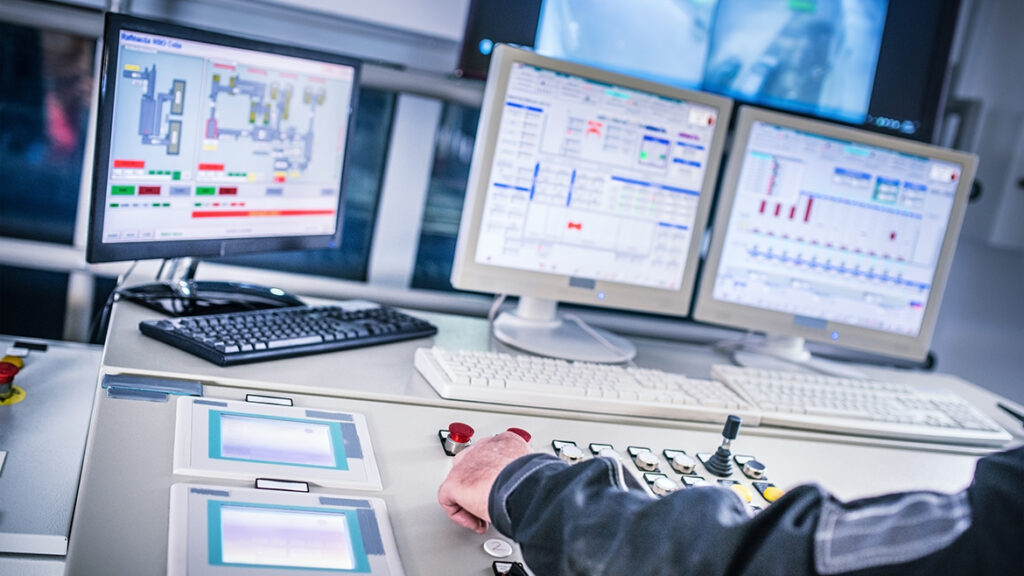Emergencies can strike at any moment, and when they do, effective emergency communication can make the difference between a smooth response and a chaotic, disorganized reaction.

We understand the critical role that communication plays during crises. Whether you are managing a business, healthcare facility, or any other organization, ensuring that your team and stakeholders are informed and connected during emergencies is of paramount importance.
The Significance of Effective Emergency Communication
During an emergency, time is of the essence, and the ability to communicate efficiently can save lives, mitigate damages, and ensure a swift recovery. Here are some reasons why effective communication is crucial:
- Timely Information Sharing: Clear and immediate communication provides your team and stakeholders with the information they need to respond appropriately. It can prevent panic and confusion and enable swift decision-making.
- Coordination and Resource Allocation: Effective communication allows you to coordinate response efforts and allocate resources efficiently. This is especially critical in large-scale emergencies or natural disasters.
- Stakeholder Confidence: When stakeholders receive accurate and timely updates, it instils confidence in your organization’s ability to manage the situation, which can be invaluable for reputation management.
- Compliance with Regulations: Depending on your industry, there may be legal and regulatory requirements for emergency communication. Non-compliance can result in severe consequences.
Tips for Reaching Your Team and Stakeholders
Now that we understand why effective emergency communication is vital, let’s explore some tips to ensure you can reach your team and stakeholders when it matters most.
- Develop a Comprehensive Communication Plan:
- Create a clear and well-documented emergency communication plan. Identify key roles and responsibilities, establish communication protocols, and define the chain of command.
- Utilize Multiple Communication Channels:
- Rely on a variety of communication channels, including email, phone, text messages, social media, and in-person communication. Different situations may require different channels.
- Emergency Notification Systems:
- Implement emergency notification systems that can rapidly reach all team members and stakeholders. These systems should be tested regularly to ensure they work as intended.
- Establish a Communication Hierarchy:
- Define a clear hierarchy for communication. Determine who is responsible for authorizing and disseminating messages, and ensure everyone understands their roles.
- Message Clarity and Consistency:
- Messages should be clear, concise, and consistent. Avoid using jargon or technical language that may confuse recipients. Reiterate important information as necessary.
- Regular Training and Drills:
- Conduct regular training and emergency drills to familiarize your team with the communication plan and ensure everyone knows how to use the communication tools effectively.
- Monitor and Adjust:
- Continuously monitor the effectiveness of your communication efforts and be prepared to adjust your plan based on feedback and changing circumstances.
- Stakeholder Engagement:
- Engage with your stakeholders before, during, and after emergencies. Keep them informed, address their concerns, and solicit feedback to improve your communication processes.
Effective emergency communication is a cornerstone of preparedness and response. By prioritizing communication planning and implementing these tips, you can ensure that you reach your team and stakeholders when it matters most. Remember that the time invested in building a robust communication strategy can prove to be a lifesaver in times of crisis.

